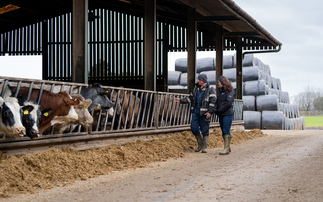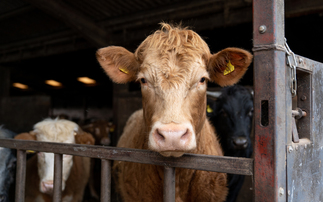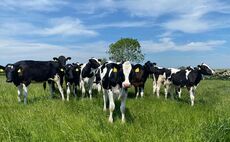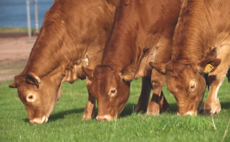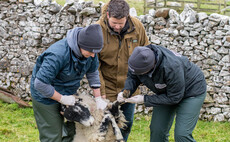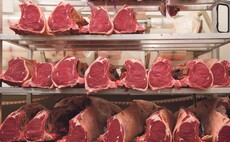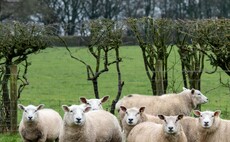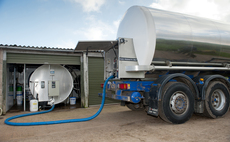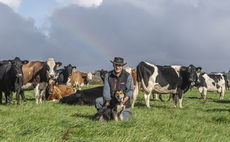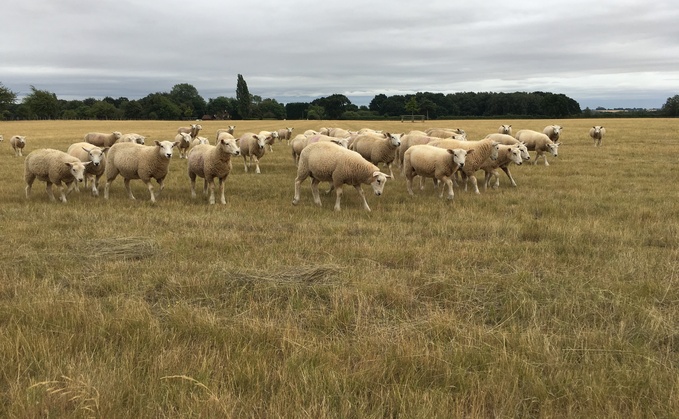
From mid-June onwards, lambs grazing permanent pasture will be exposed to the summer peak in worm larvae infectivity. This mid-summer rise in parasite numbers can cause significant worm burdens and production loss if left un-managed.
Actions at this time of year should be considered carefully, aiming to minimise the risk of driving wormer resistance, as well as protect production.
Growth rates offer a useful insight into likely worm burdens in individual lambs. Regular body condition monitoring and weighing can help to target worm treatments at only those lambs that are failing to meet expected growth rates.
In general, only 40-60 per cent of lambs require worming. A proportion of lambs in good body condition, without clinical signs of parasitism can therefore be left untreated. This helps reduce selection for resistance.
For farms new to targeted selective treatments, start by leaving 10-20 per cent of lambs untreated whilst your confidence in this approach grows.
Pooled faecal egg counts (FECs) can also be used to assess worm burdens in lambs mid-summer and help identify whether it's time to move lambs onto cleaner pastures and/or give a worm treatment.
Moving weaned lambs onto paddocks with low levels of worm larvae contamination during July and August will reduce worm infection and the need to treat, while supporting good growth. However, to avoid selecting heavily for resistance, do not dose immediately prior to moving.
If treatment is required, ORAMEC® Drench is a tried and tested ivermectin wormer with a class-leading six-day meat withhold that treats key roundworm species in sheep, as well as lungworm and nasal bots.
ORAMEC®ORAMEC® Drench is a tried and tested ivermectin wormer with a class-leading six-day meat withhold that treats key roundworm species in sheep, as well as lungworm and nasal bots. |
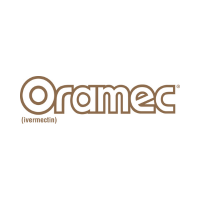
|










